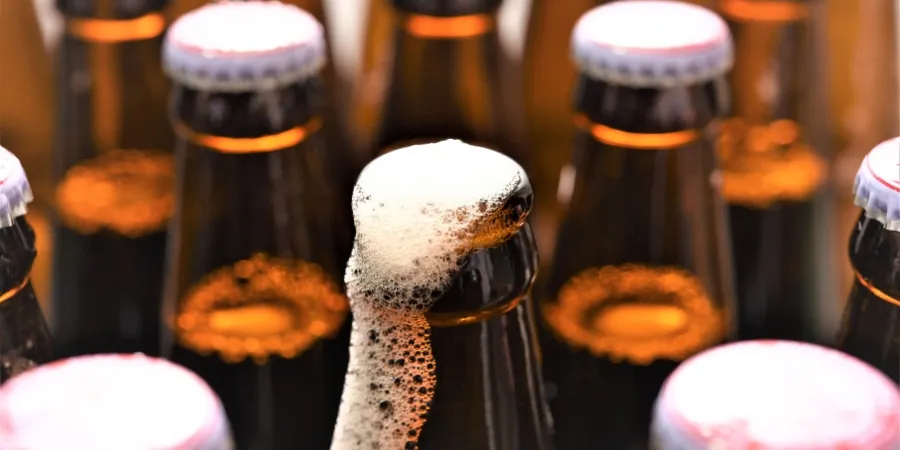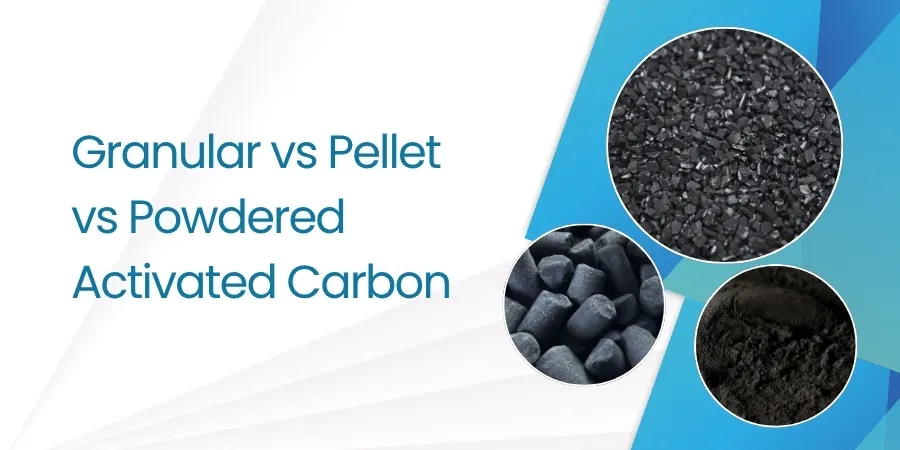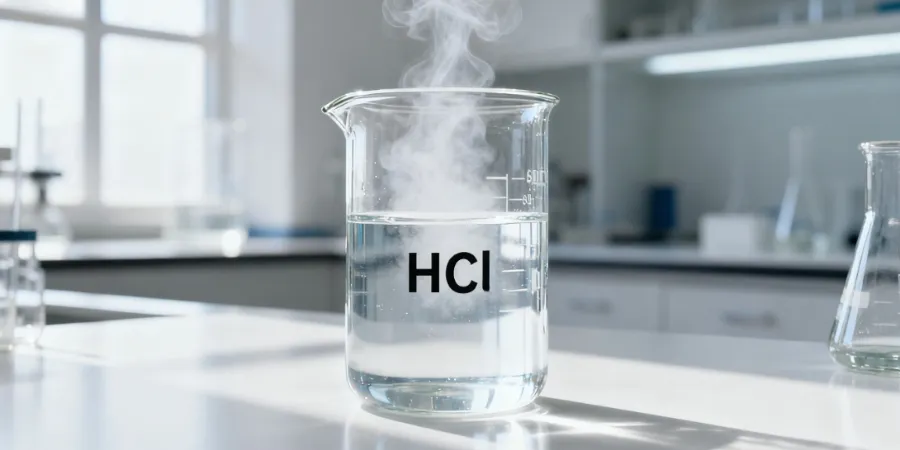Beet sugar processing plays an important role in the global sugar industry, accounting for about 30% of world sugar production. One of the major challenges in beet sugar processing is the removal of colored compounds and impurities to produce high-quality white sugar that meets international standards.
This article will provide a detailed overview of the key role of activated carbon in beet sugar decolorization, helping you gain a comprehensive understanding of its application in the sugar industry.
Why Beet Sugar Needs Decolorization
The production of beet sugar begins with the extraction of juice from sugar beets through a diffusion process. This raw juice contains about 15–20% sucrose, along with many non-sugar components responsible for coloration. These coloring substances originate from various stages of beet processing. During the extraction phase, enzymatic reactions between amino acids and reducing sugars produce Maillard reaction products, forming brown pigments known as melanoidins.
In addition, the alkaline conditions used in juice purification lead to the degradation of invert sugars, generating caramelized compounds that further intensify the color. Therefore, activated carbon is required for decolorization.
The Role of Activated Carbon in Beet Sugar Decolorization
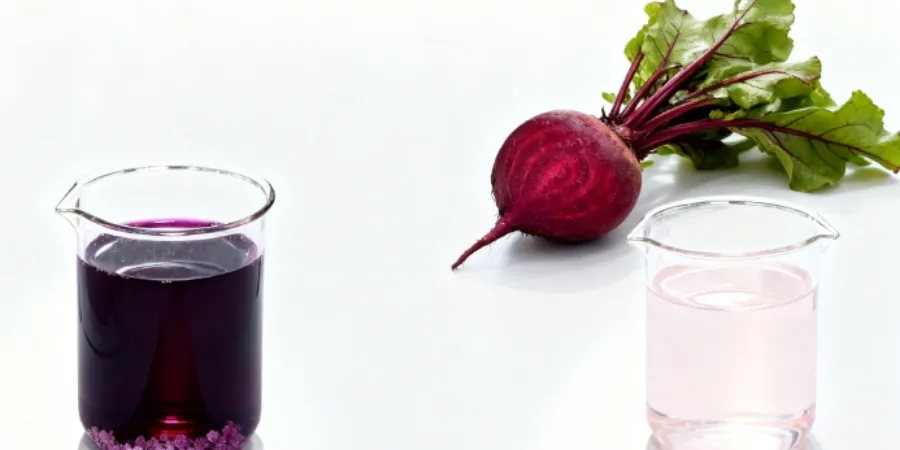
Activated carbon is a material with high surface area and porous structure, providing excellent adsorption capacity—making it particularly suitable for removing pigments and organic molecules. In beet sugar refining, activated carbon is mainly used to eliminate:
- Natural pigments: such as betanin and Maillard reaction products formed during processing.
- Thermal by-products: colored substances generated during concentration.
- Other impurities: organic compounds causing off-flavors or undesirable coloration.
During adsorption, pigment molecules diffuse into the pores of the activated carbon and are firmly retained on its internal surface, resulting in clearer juice and the production of white sugar that meets food-grade standards.
Contact me todayActivated Carbon for Beet Sugar Decolorization
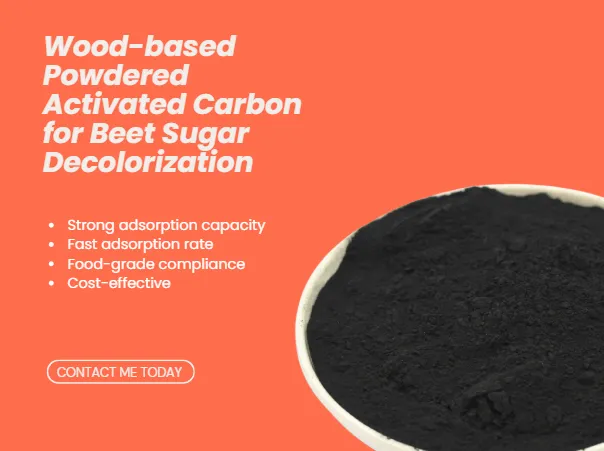
Selecting the right activated carbon is crucial for effective beet sugar decolorization. Wood-based powdered activated carbon is the most widely used and effective material for this purpose. Its unique pore structure makes it particularly suitable for liquid-phase decolorization processes in both beet and cane sugar.
We provide high-performance wood-based powdered activated carbon with the following advantages:
- Strong adsorption capacity: well-developed meso- and macropores efficiently remove pigments, organic impurities, and thermal by-products.
- Fast adsorption rate: powdered structure with large surface area ensures quick contact with sugar juice for rapid decolorization.
- Excellent dispersibility: evenly distributed in juice for consistent and stable purification results.
- Food-grade compliance: production process meets strict quality standards, ensuring safe use in the food industry.
- Cost-effective: direct factory supply with stable availability, providing customers with high-quality products at competitive prices.
Conclusion
Thanks to its outstanding decolorization capacity, activated carbon plays a key role in beet sugar refining by significantly improving sugar purity. TingyuanCarbon, as a professional activated carbon manufacturer, offers high-performance solutions for the sugar industry, meeting the needs of sugar mills worldwide. Contact us today for free samples and preferential quotations.


